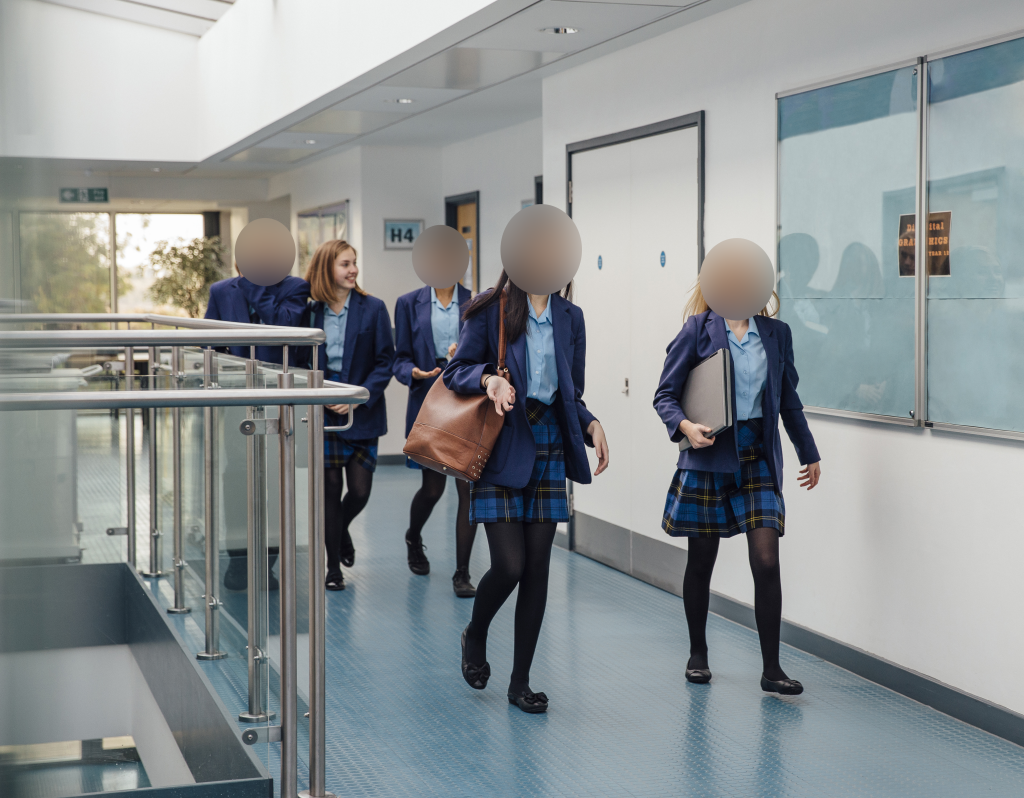Overview
Chignecto Central Regional Centre for Education (CCRCE) manages 65 schools across Nova Scotia, Canada. It comprises of approximately 4,000 staff, all striving to provide a well-rounded education for almost 20,000 students in Pre-Primary to grade 12.
The challenge
The increasing number of FOIP (Freedom of Information and Protection of Privacy Regulation) requests for video footage was placing a significant burden on CCRCE’s IT staff.
Previously, redacting footage was a manual process using video editing software – which is not built for purpose. This would take hours per video, impacting FOIP response times and diverting IT staff like Dave Meade, the Regional Information Technology Specialist, from core tasks; responding to FOIP requests represent just 5% of his role.
Not only does CCRCE have over 500 digital cameras, it also has analogue cameras which can prove difficult when footage needs redacting.
Requests predominantly originate from police agencies. Other sources include parents and insurance companies. Requests were made for providing evidence of vandalism, alleged altercations between students, or alleged altercations between students and teachers, and motor vehicles accidents in parking lots.
Canadian privacy laws like PIPEDA require redacting identifiable information from individuals not directly involved in incidents captured on camera (e.g., bystanders in fights). For CCRCE, altercations are the primary requests, and the footage often includes students and teachers who are not involved – these bystanders must be redacted to protect their identity. Failing to comply could lead to legal repercussions and reputational damage.
With all this in mind, CCRCE needed a new process and video redaction solution to respond to FOIPs. It needed to be able to:
Redact busy groups of people
Work for both digital and analogue footage
Reduce the time it took to redact a video
Enable Dave Meade to focus his priorities



